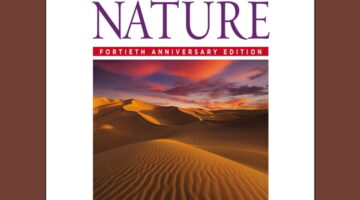
In 2020-21, the Institute for Historical Studies will convene a series of talks, workshops, and panel discussions centered on the theme “Climate in Context: Historical Precedents and the Unprecedented”. As part of that, we are delighted to publish this roundtable discussion consisting of three reviews focused on Carolyn Merchant’s The Death of Nature, a classic […]
